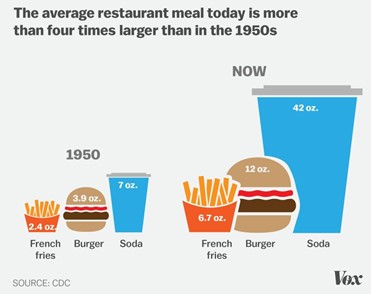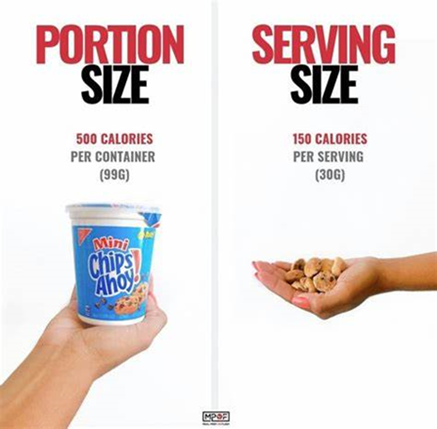Why Is Obesity a Problem for So Many Children?
The answer is more complicated than it might seem.
We at Jump IN are excited to launch a new blog series that will take a closer look at the many factors contributing to childhood overweight an obesity. Over the next year, we will periodically explore each of the factors in more detail to help shed light on the causes of this widespread health problem. Pre-pandemic, research showed that the upward trend in childhood overweight and obesity rates in central Indiana had flattened. While comprehensive research hasn’t yet been published, preliminary findings reveal that the pandemic has reversed some of the ground we’d made. Our work takes time and is critical for the health of central Indiana’s children and their future health as adults.
Nationally, roughly one in five children suffers from obesity. In central Indiana, that number is worse. Jump IN for Healthy Kids is focused on changing those numbers and helping children and families lead healthier lives. Why is this such a problem? The causes of the obesity epidemic are numerous and complex.

Food has become highly processed, calorie dense, and “super-sized.” Many families lack access to affordable, healthy food. Children have fewer opportunities to play and be active, as recess and physical education classes have been reduced or cut entirely in schools. Too many kids spend too much time sitting in front of computer screens, tablets or smart phones. Many of them live in neighborhoods that lack safe places to play. Jump IN is working to change those environments where children learn and grow, from schools to child care providers, to camps and after school programs. Jump IN is addressing food access and ensuring that our communities have healthy food options, as well as safe places to walk, bike and play.
A Closer Look: Portion Size

A large part of overweight and obesity is caused by an excess intake of calories when compared to the number of calories your body has output. Did you know eating out more frequently is associated with obesity? This could be due to the extra calories you consume from restaurant meals as well as eating more saturated fats and fewer fruits and vegetables. It can be challenging to stop eating when there is still food on your plate – so many of us were taught as children to “clean your plate” even if we feel full. In truth, “cleaning your plate” can actually be unhealthy for you.
There is a difference between portion size and serving size, and they often get confused and misused. A portion size is how much you choose to serve yourself or are served at a restaurant- remember this can be more or less than a serving size. A serving size is a standard amount of food, and this is typically used on nutrition food labels (Ellis, 2018). Over the last several years, portion sizes have increased while serving sizes have stayed the same.

When you look at a nutrition label, the numbers listed are per serving which is often less than the amount that you will consume. The good news is that you can take more control over your portion sizes! The trick is to make your portion size the same as a serving size. Here are some tips from the American Heart Association:
* Cook and eat at home- this way you will have control over your portion size. Try offering correct serving sizes, then save the leftovers for another meal!
* When eating at a restaurant skip the appetizers and split a main dish with a friend. You could also ask for a box and put half in the to-go box right away. If you are getting fast food, avoid sizing up your meal to stick with smaller portions.
* Watching movies/tv can be distracting and make it difficult for you to realize when you are full and should stop eating. If you are at the theatre, skip the candy and opt out of the free refills of popcorn buckets.
These are just a few simple ways to begin to taking control over portion sizes. Our friends at the American Heart Association have more tips and tools to help you maintain healthy portion sizes.
This blog was created by Jump IN with special contributions by frequent blog contributor and Jump IN volunteer Madison E. Crisler, BS, Graduate Assistant & MS Student, IUPUI School of Health and Human Sciences, Kinesiology Department
Topics: Healthy Eating
Subscribe for more
Want more ideas for healthy schools, workplaces, child care providers, and families? Subscribe to our blog for weekly tips delivered right to your inbox!
What is Kinesiology? NEXT »
World Obesity Day Is Today
